REFERENCES
[1] A.T. Amorim-Maia, I. Anguelovski, E. Chu, J. Connolly, Intersectional climate justice: A conceptual pathway for bridging adaptation planning, transformative action, and social equity, Urban Clim. 41 (2022) 101053. https://doi.org/10.1016/j.uclim.2021.101053.
[2] S. Hughes, M. Hoffmann, Just urban transitions: Toward a research agenda, Wiley Interdiscip. Rev. Clim. Chang. 11 (2020). https://doi.org/10.1002/wcc.640.
[3] P. Kashwan, Climate justice in the global North: An introduction, Case Stud. Environ. 5 (2021) 1–13. https://doi.org/10.1525/cse.2021.1125003.
[4] K. Mintz-Woo, Carbon tax ethics, Wiley Interdiscip. Rev. Clim. Chang. (2023) 1–15. https://doi.org/10.1002/wcc.858.
[5] B.K. Sovacool, Who are the victims of low-carbon transitions? Towards a political ecology of climate change mitigation, Energy Res. Soc. Sci. 73 (2021) 101916. https://doi.org/10.1016/j.erss.2021.101916.
[6] B.K. Sovacool, P. Newell, S. Carley, J. Fanzo, Equity, technological innovation and sustainable behaviour in a low-carbon future, Nat. Hum. Behav. 6 (2022) 326–337. https://doi.org/10.1038/s41562-021-01257-8.
[7] B.K. Sovacool, B. Linnér, M.E. Goodsite, The political economy of climate adaptation, Nat. Publ. Gr. 5 (2015). https://doi.org/10.1038/nclimate2665.
[8] R.E. Shelton, H. Eakin, Who’s fighting for justice?: Advocacy in energy justice and just transition scholarship, Environ. Res. Lett. 17 (2022). https://doi.org/10.1088/1748-9326/ac7341.
[9] P. Tschakert, M. Parsons, E. Atkins, A. Garcia, N. Godden, N. Gonda, K.P. Henrique, S. Sallu, K. Steen, G. Ziervogel, Methodological lessons for negotiating power, political capabilities, and resilience in research on climate change responses, World Dev. 167 (2023) 106247. https://doi.org/10.1016/j.worlddev.2023.106247.
[10] C. Godinho, What do we know about the employment impacts of climate policies? A review of the ex post literature, WIREs Clim. Chang. 13 (2022). https://doi.org/10.1002/wcc.794.
[11] K. Swanson, Equity in Urban Climate Change Adaptation Planning: A Review of Research, Urban Plan. 6 (2021) 287–297. https://doi.org/10.17645/up.v6i4.4399.
[12] K. Swanson, Centering Equity and Justice in Participatory Climate Action Planning: Guidance for Urban Governance Actors, Plan. Theory Pract. 24 (2023) 207–223. https://doi.org/10.1080/14649357.2023.2189288.
[13] A. Garvey, J.B. Norman, M. Büchs, J. Barrett, A “spatially just” transition? A critical review of regional equity in decarbonisation pathways, Energy Res. Soc. Sci. 88 (2022) 102630. https://doi.org/10.1016/j.erss.2022.102630.
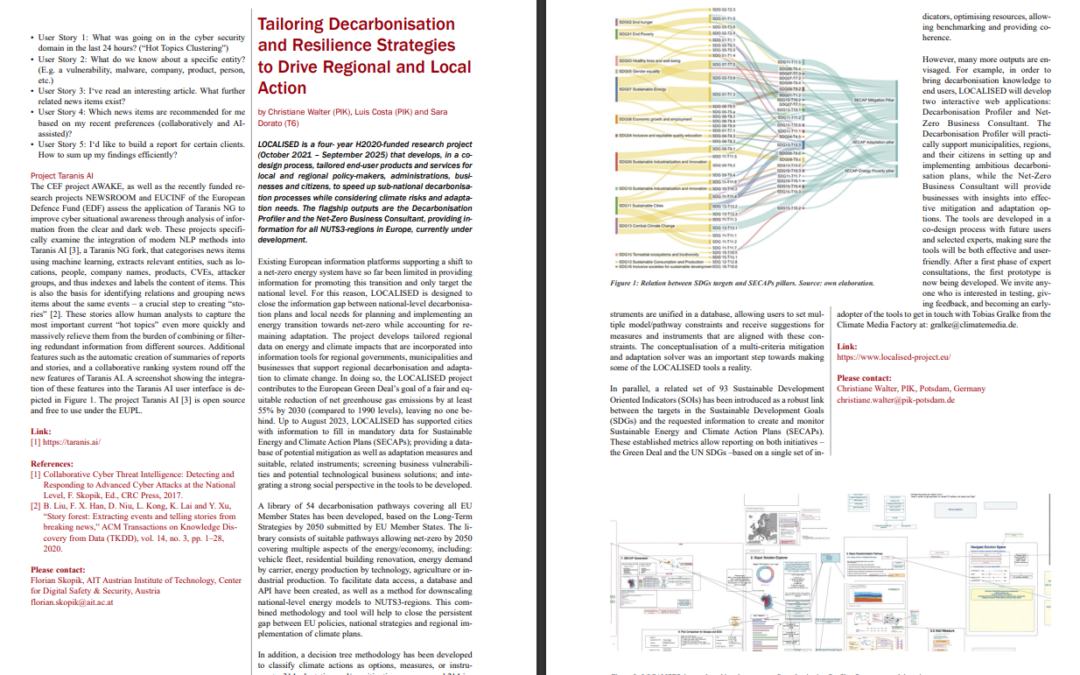
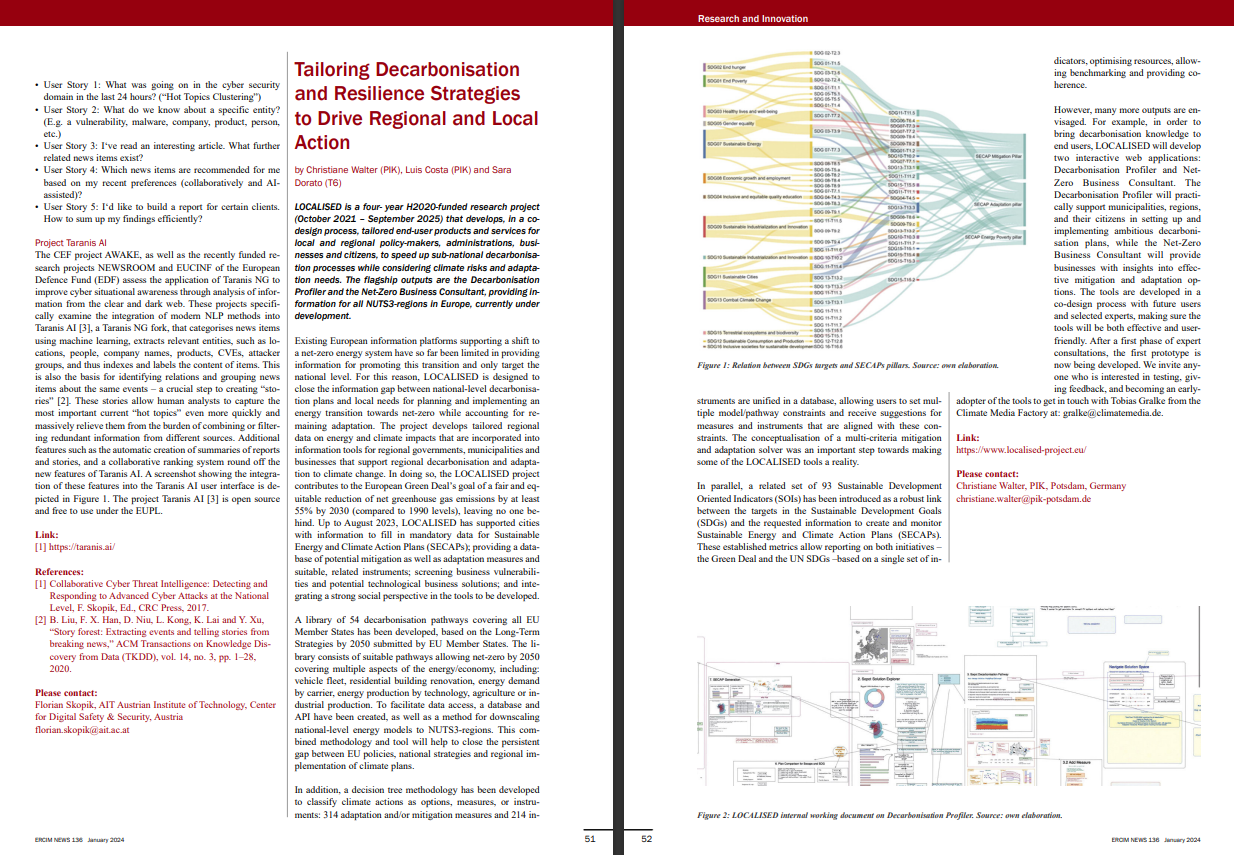

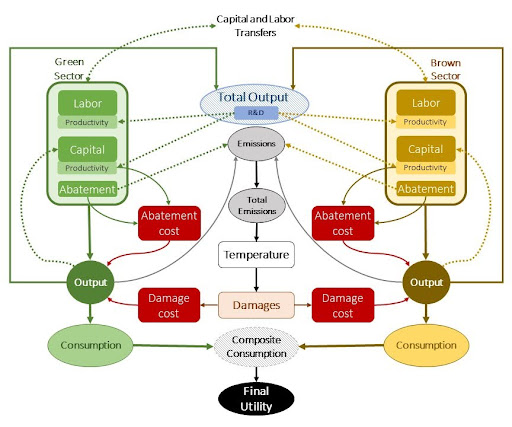
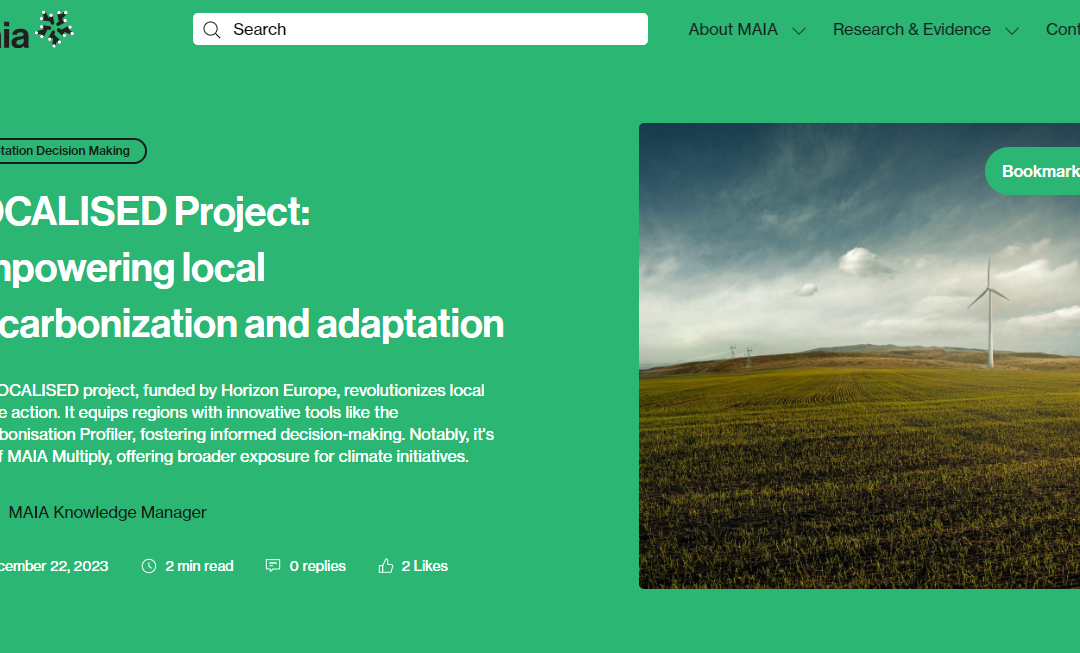
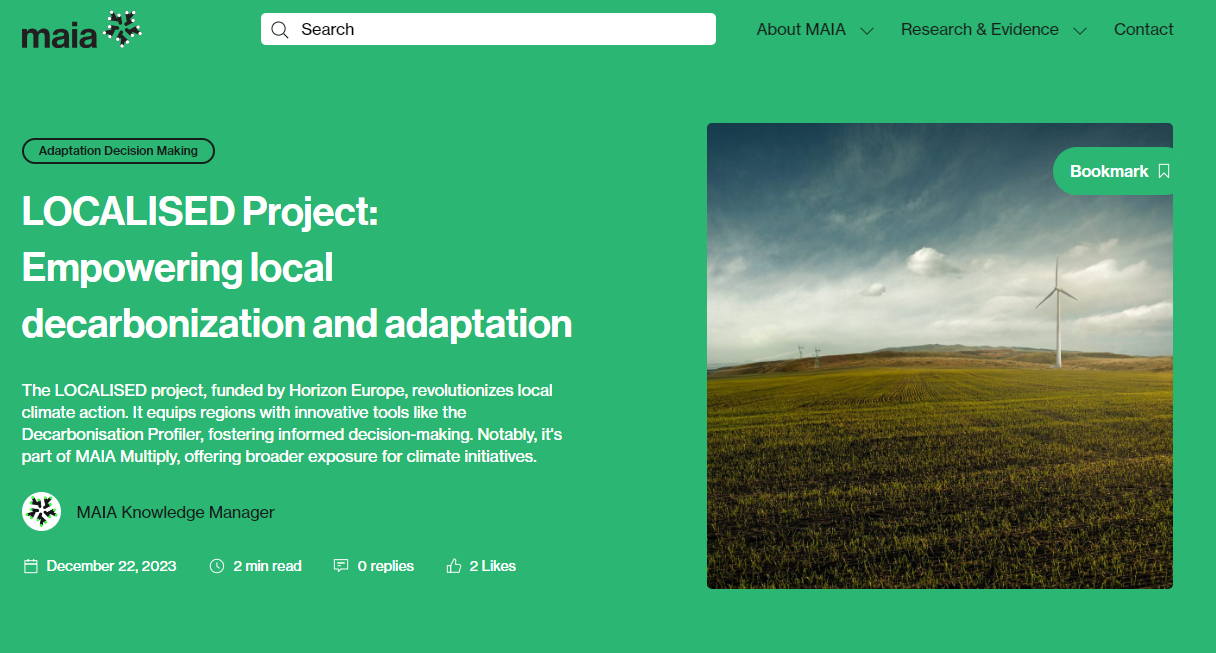
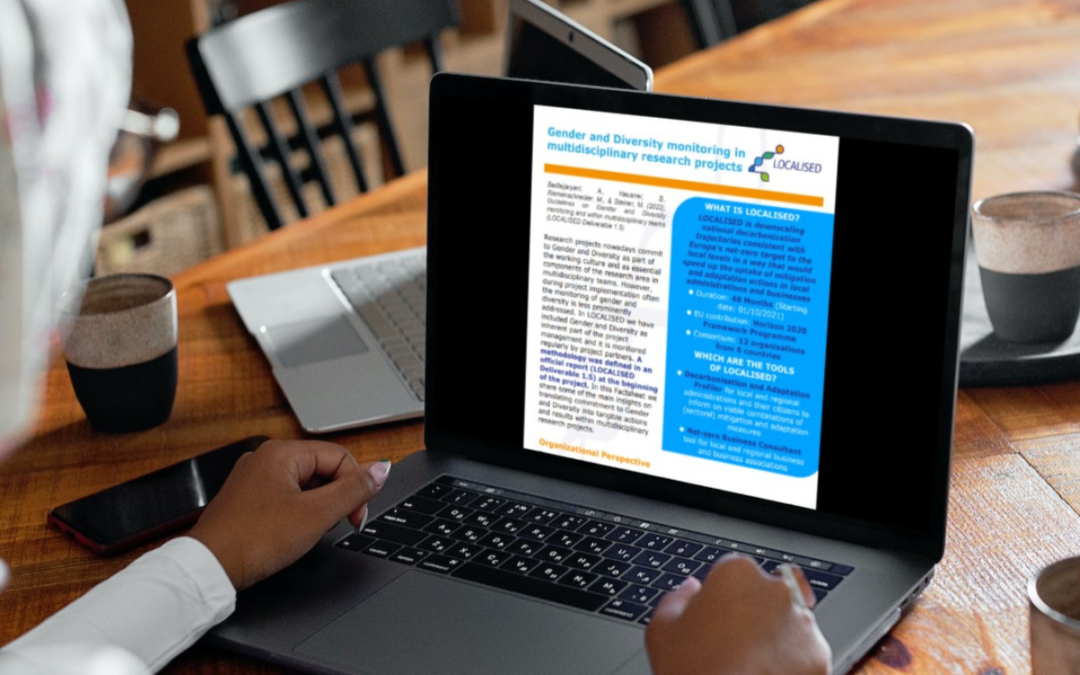
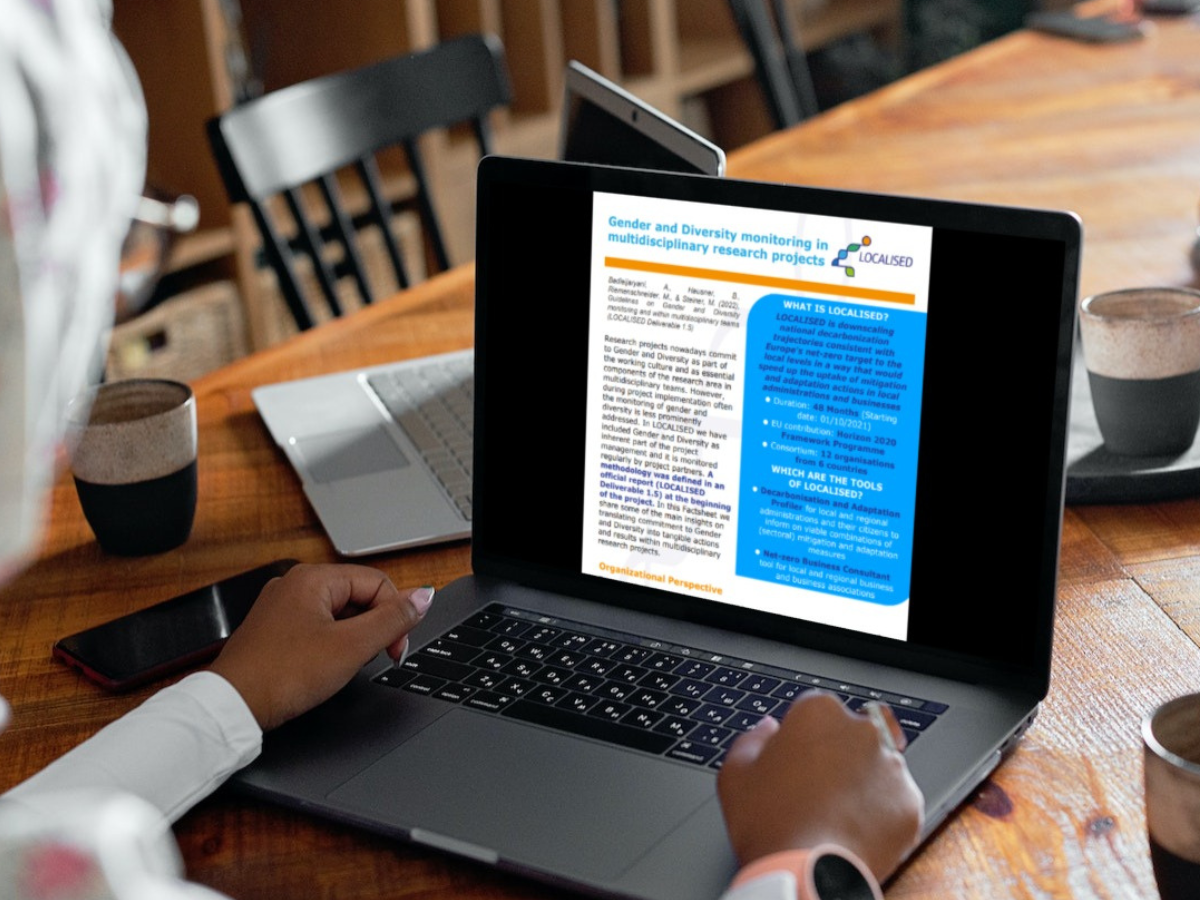
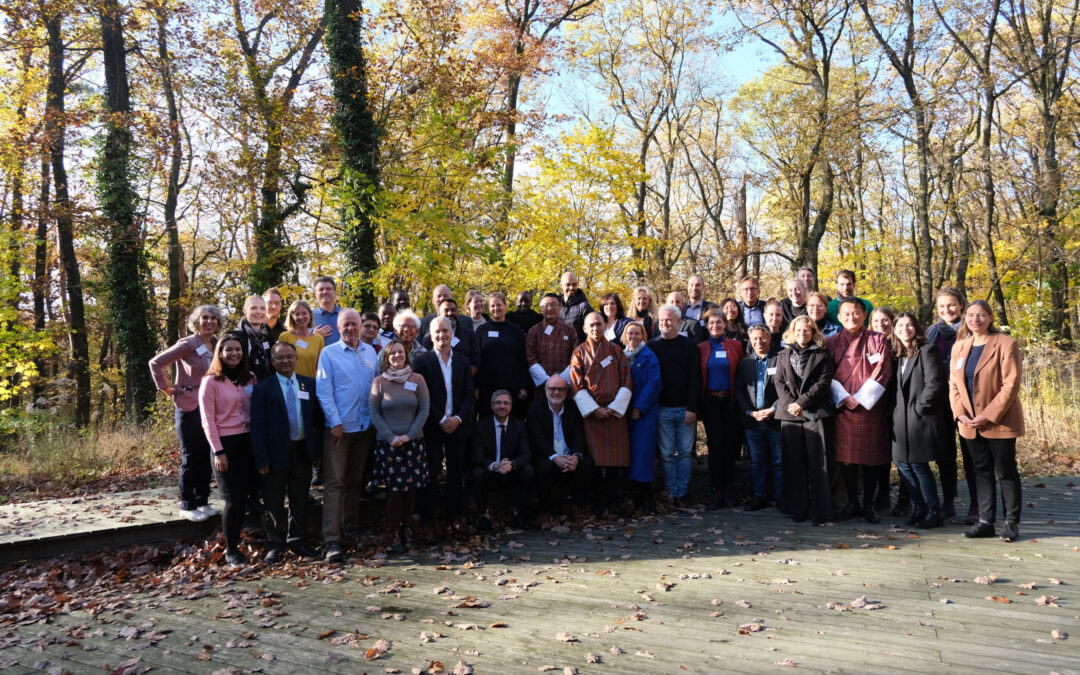
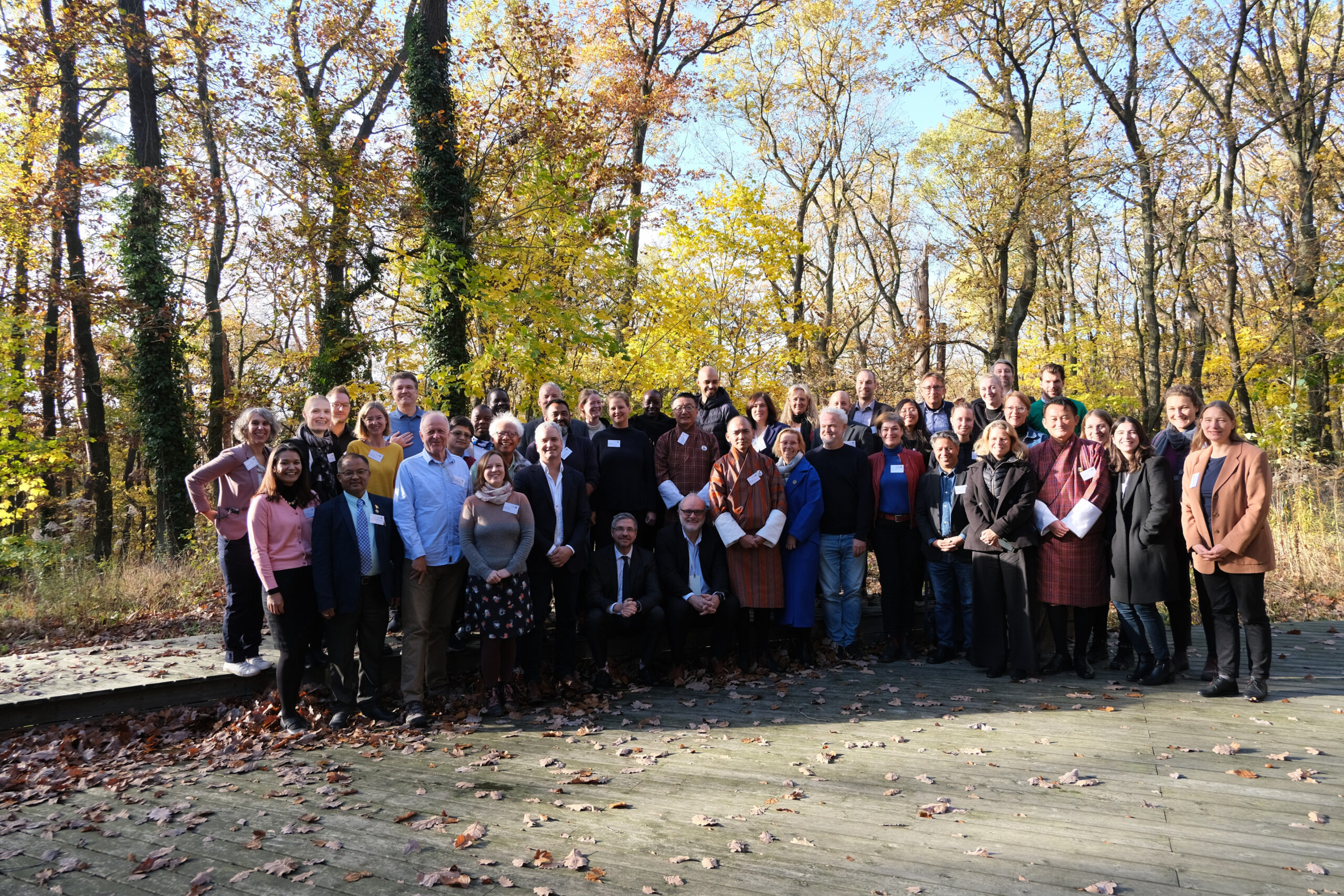
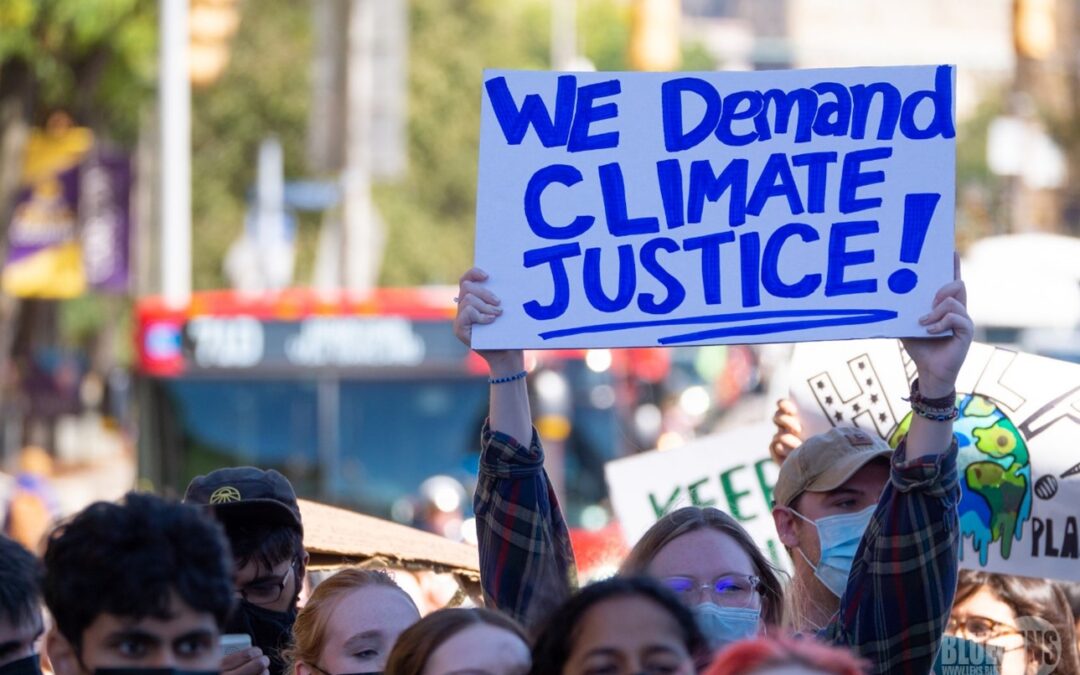
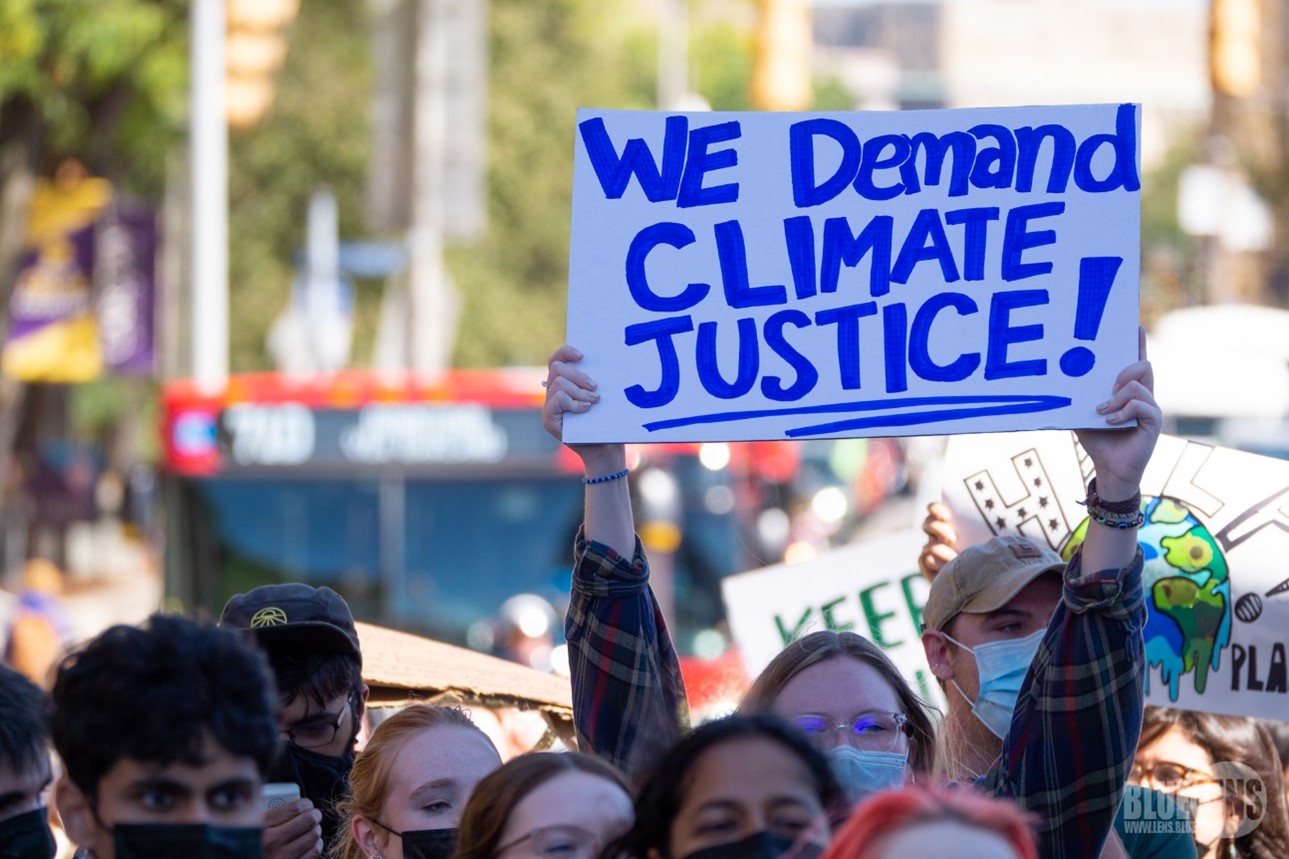
Recent Comments